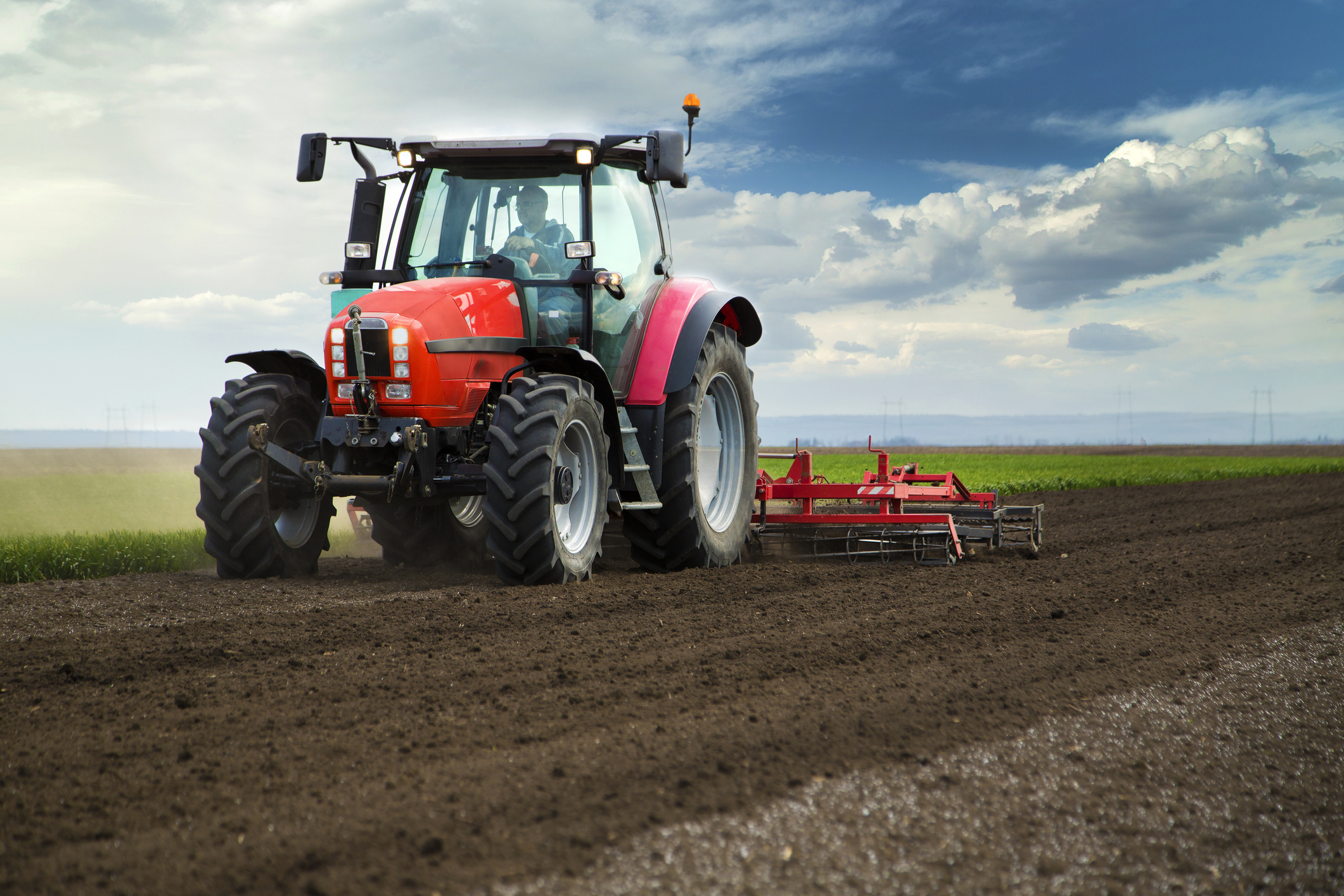Could your rural business’s activities be eligible for R&D tax relief?

14 December 2022
This article first appeared in Farm North East.
Research & Development (R&D) tax relief has been the focus of much news attention of late, and this is likely to continue following the Chancellor announcing some substantial changes to the schemes in the Autumn Statement. Considering the changes announced, alongside the raft of other changes due to come into force from April 2023, it has never been more important to take a holistic and thorough approach when preparing a claim.
Companies in the Rural sector are often attempting to solve complex problems in difficult environments and could be eligible to claim R&D tax relief for the associated costs. In order to be considered qualifying for R&D tax relief, a project should be seeking to achieve an advance in overall knowledge or capability in a field of science or technology, which requires the resolution of associated scientific or technological uncertainty.
Typical projects undertaken on farms include the development and trialling of first-in-industry methods to extend the growing season or improve yields. An example of this is overwintering strawberries to achieve crop the following season, when this was not previously possible. The development and testing of first-in-industry methods to significantly reduce the requirement for herbicide, pesticide and fertiliser application would also be considered qualifying, along with investigating novel disease and pest control methods, such as the use of microbial mixes as a natural alternative to chemicals.
Another example could be in-house breeding programmes that, if successful, would constitute an industry wide advance. Larger farms may be included in collaborative research consortiums that allow for the large- scale testing of precision or agricultural technologies under development. They may also be involved in the development and testing of new or appreciably improved livestock feeds that are still under development, not yet commercially available, and that have the potential to represent an advance within the field of animal health.
Rural R&D can be undertaken in a variety of locations in addition to traditional farm settings. Our Innovation Taxes team has assisted with the preparation of claims for the development and testing of crop- specific vertical farming methods where there was no relevant existing industry knowledge. Additionally, work undertaken on the development and testing of precision monitoring techniques, including the development of drone technologies, integration of satellite technologies and novel, advanced software programmes could also be considered qualifying. Seeking to achieve an improved understanding of animal behaviour and health, and developing predictive modelling capabilities through the development and testing of new precision monitoring technologies such as 3D imaging technologies, scanning technologies, sensor technologies and wearable devices is a further example of a typically qualifying project.

Rural R&D can be undertaken in a variety of locations in addition to traditional farm settings. Our Innovation Taxes team has assisted with the preparation of claims for the development and testing of crop- specific vertical farming methods where there was no relevant existing industry knowledge. Additionally, work undertaken on the development and testing of precision monitoring techniques, including the development of drone technologies, integration of satellite technologies and novel, advanced software programmes could also be considered qualifying. Seeking to achieve an improved understanding of animal behaviour and health, and developing predictive modelling capabilities through the development and testing of new precision monitoring technologies such as 3D imaging technologies, scanning technologies, sensor technologies and wearable devices is a further example of a typically qualifying project.
Once projects have been assessed as qualifying for R&D for tax purposes, it’s important to consider the factors relevant in determining the rate and level of relief available. Factors that can impact the rate of relief include the receipt of project funding and the commercial and contractual terms in place in respect of the relevant project. Once the rate of relief has been determined, the qualifying costs must be identified, in accordance with the eligible categories set out in the R&D tax credits legislation. As part of this process, it is important to consider the wider tax and accounting factors relevant to the claim, which can often be overlooked if care is not taken. Only once all of this has been fully considered can the claim be finalised, and the level of relief confirmed.
In addition to the aforementioned changes announced as part of the Autumn Statement, from April 2023 prospective claimants will have to pre-notify HMRC of their intention to make a claim within 6 months of the period to which the claim relates, if they have not made a claim within the previous 3 accounting periods.
Get in touch
If you think you may have undertaken qualifying R&D and have not made a claim in the past, get in touch with our specialist team for a feasibility discussion in order not to miss out on this valuable tax relief. Our extensive experience of preparing claims for companies across the Rural sector may also create the opportunity to improve the value of a claim, highlighting areas of eligibility that may otherwise have been overlooked.
